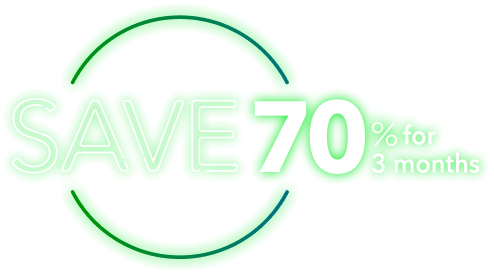With some experts predicting a recession, stocks falling worldwide, and the economy 'on standby', small business owners are grappling with uncertainty. Not many can say they’re cash flow positive and have more money coming in than they have going out.
Cash flow problems, which cause 69% of business owners to lose sleep, are threatening businesses globally. COVID-19-related cash flow issues are hitting business owners.
Positive cash flow is the lifeblood of any business, and the causes of negative cash flow can vary from natural disasters to recessions to social distancing. But one thing is certain. planning for and confronting cash flow problems can empower you to cushion, or even avoid, financial blows to your business. You can still solve cash flow problems in a crisis and protect your business.

















